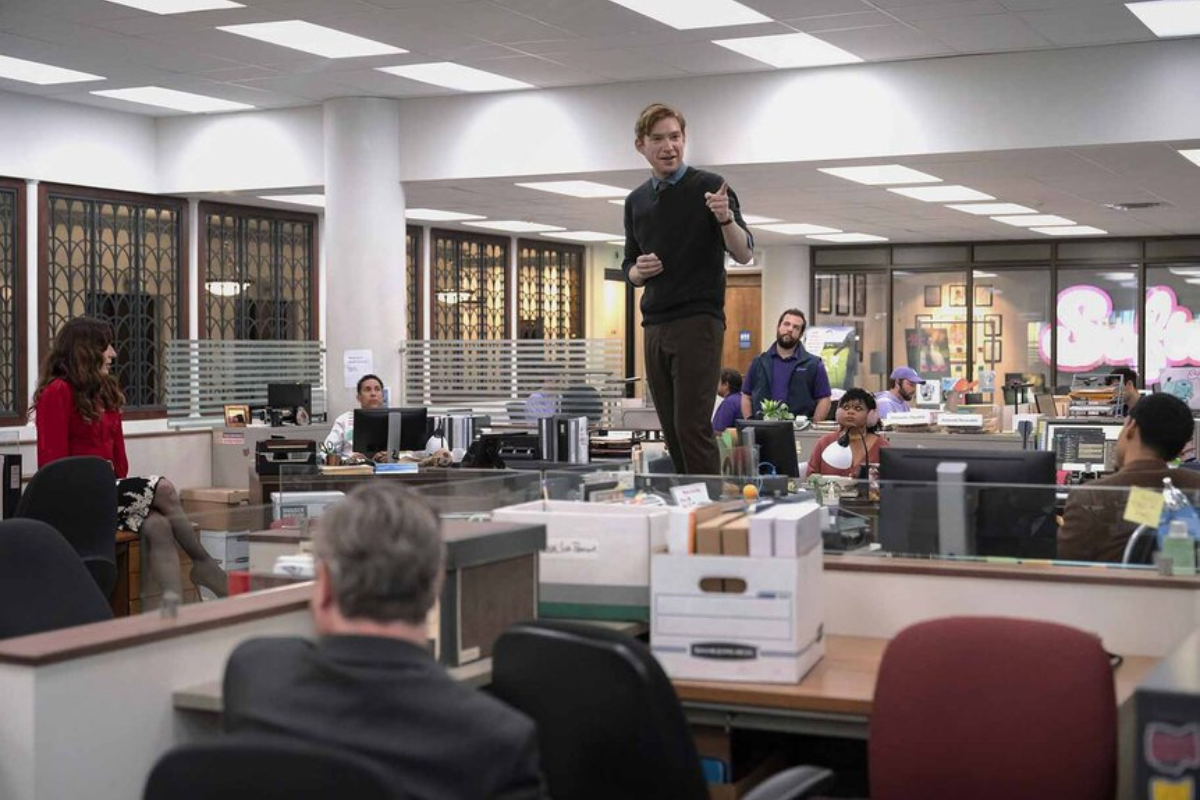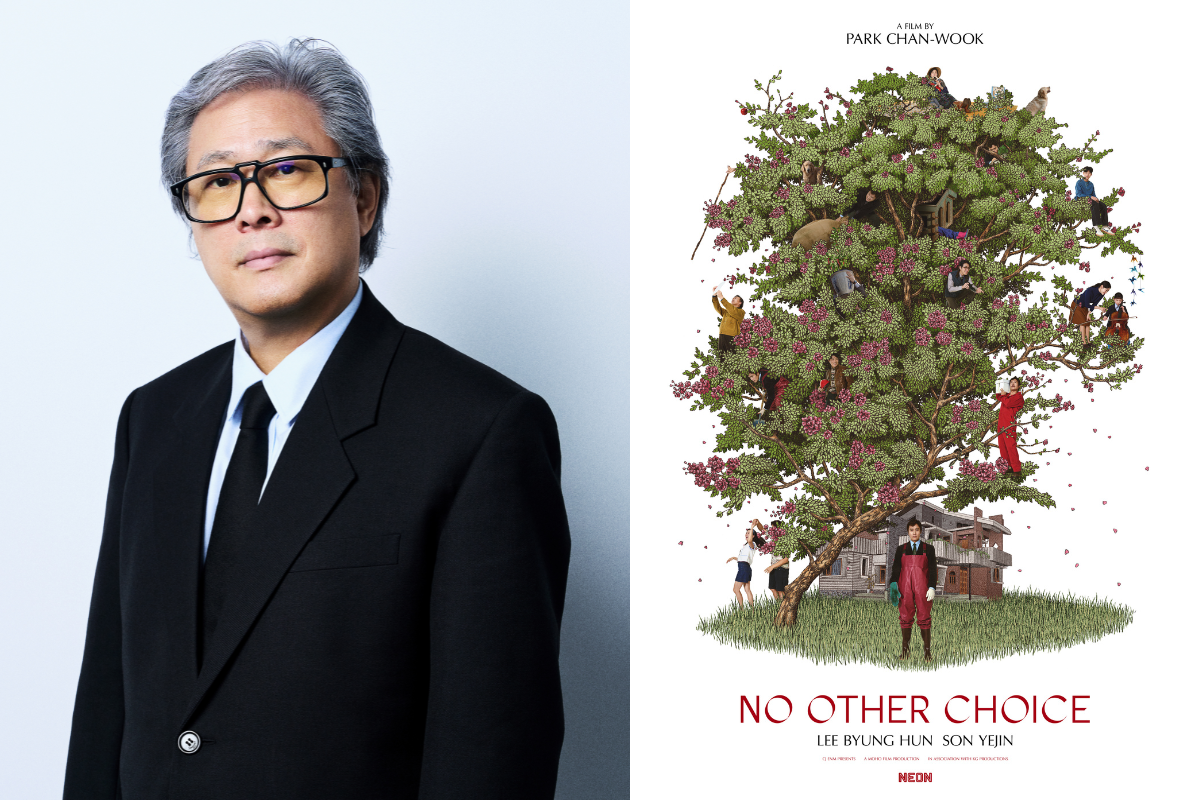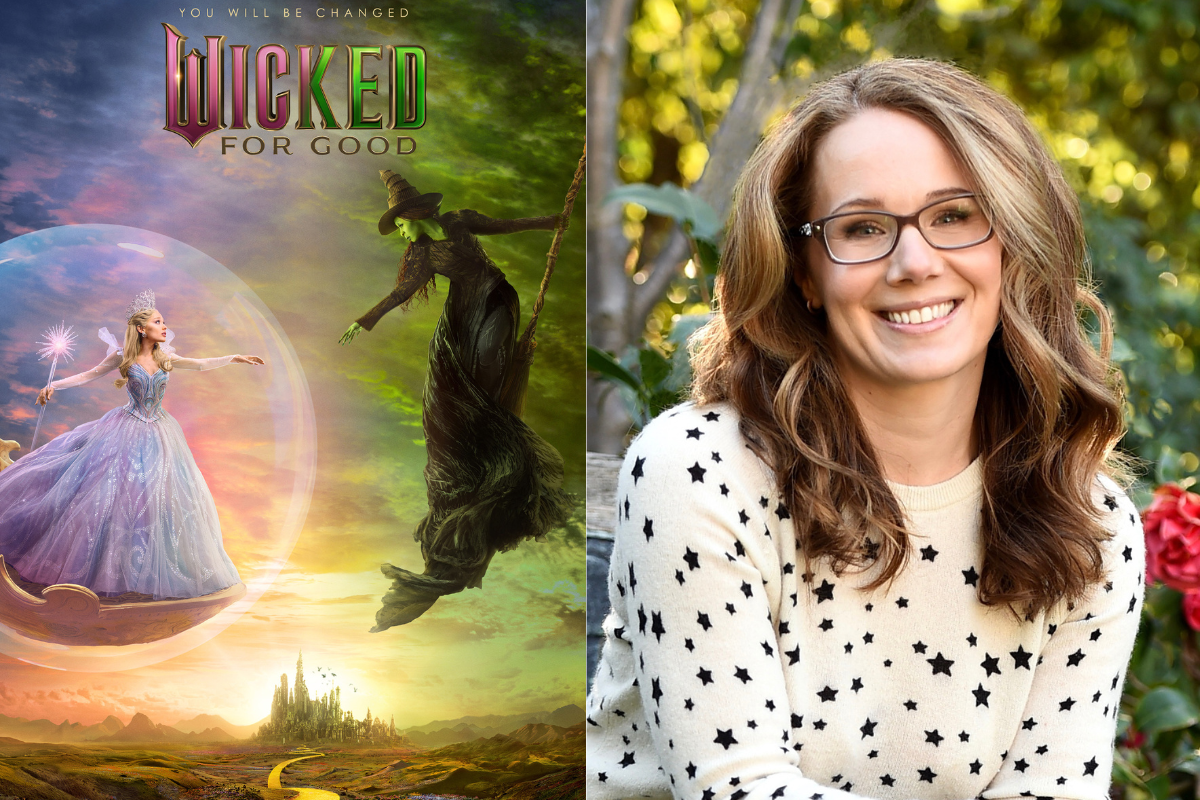INDIE SPOTLIGHT: Interview with ‘Castle Falls’ Director Dolph Lundgren
‘Castle Falls’ Director and Actor Dolph Lundgren shares with Script’s Editor Sadie Dean his emotional connection to his character, working with actor Scott Adkins, finding creative opportunities in the film’s location, and so much more.
After decades of neglect, Castle Heights Hospital, this symbol of the city's segregated past has been packed with dynamite and is ready to be demolished. No one knows that a gang leader, now in prison, hid the 3 million dollars in cash he stole from his rivals inside the abandoned building. Now, three desperate parties want the money - a blue collared ex-fighter (Adkins) who finds it while working as part of the demolition crew, a prison guard (Lundgren) willing to do anything to pay for his daughter's cancer treatment and a ruthless gang who claim to be the rightful owners. The demolition charges are set, everyone clears out and the Castle is set to fall in 90 minutes. The clock is ticking. Who will find the cash and: will they get out alive?
Directed by Dolph Lundgren (Rocky IV, The Expendables Franchise ), he also stars in the film along with Scott Adkins (Zero Dark Thirty, X-Men Origins: Wolverine). Castle Falls was written by Andrew Knauer (The Last Stand).
I had the absolute pleasure of speaking with Director and Actor Dolph Lundgren about his latest film Castle Falls, his emotional connection to his character, working with actor Scott Adkins, finding creative opportunities in the film's location, and so much more.
This interview has been edited for content and clarity.
Sadie Dean: How did the script by Andrew come across your desk and what made you want to jump in and direct it yourself?
Dolph Lundgren: There was this other project that I was supposed to do but it fell through. And I was asking for scripts. And this one came across and but in the original the two main characters Mike and Erickson were kind of the bad guy. I wanted us to give the play against each other but also be close with each other. So, we changed that and came up with a motivation for him to get the money and then kind of really restructure the script for a small budget. And then I'd always wanted to direct something for the last year, but I was busy acting so I decided to do it and Scott was in and then we just got to get through the nightmare of COVID which we weren't expecting.
Sadie: Having Andrew rewrite the script and character for you, was there an emotional connection to your character?
Dolph: Yeah, I wanted to make it personal, as personal as they could. That's when we came up with the daughter being sick, because I thought in addition to seeing somebody make decisions under that kind of stress, and obviously, there are more repercussions if you're a prison guard, but you don't want to end up in the prison where you used to work. So I think it was made the stakes a little higher. And then Scott could relate to being older and being a fighter, having had dreams and all that vanishing - I think that was a pretty good fit. And also, the bad guys having their own emotions and human problems.
Sadie: This film has a very specific look, tone, and pacing – what was the collaboration process like working with your DP and your fight choreographer for the fight sequences?
Dolph: We had a fight coordinator guy who's in Europe, and he couldn't make it to America because of COVID, so he would send these clips and we would rehearse. And Scott very good and very professional. He can anticipate all the moves, so we could do this walk and change where you can see Scott doing things without a cut for like, five seconds 10 seconds. Because if you have an actor who has a double, you can only shoot so many. You have to cut very quickly around everything and then it becomes a different experience. So, that was special. I was lucky I could do my own fights too.
Sadie: The location, which I thought was really incredible, did you come against any creative obstacles, or maybe creative opportunities while working in that space?
Dolph: Well, what happened was, we had to find a building that looked like it was going to be demolished where we could get a permit to shoot, which was close to Birmingham, Alabama - we were stuck because we had a tax credit - so we found this hospital and we re-wrote the script a little bit to make it part of the story with segregation and all of that. And then of course, once you get to the hospital, and you see it, you have to re-write the script again because something was in the script that doesn't work anymore because of the layout. It was kind of a ping pong back and forth to get the final result. But in a way, it helped.
Sadie: It's such a great spot. Taking a step back, tell us about your filmmaking journey. What inspired you to become a filmmaker from acting and then deciding to become a director?
Dolph: Well, I was a little bit of a director when I grew up with my siblings in Sweden. I used to direct them in all kinds of military maneuvers and cowboys versus Indians - I used to direct them in scenes like that. And then, of course, I got into engineering, fighting, and found my way back into acting. But there's always that feeling that maybe multitasking, I’m pretty good at it, from the engineering world, and I always wanted to try but 15 years ago I started to try but my heart wasn't in it. It wasn't that important to me. Whereas now, I can do more acting, I feel have something to give there. I need to get started so even though it wasn’t a perfect opportunity, I took it. And it feels good, because you know, you get a chance to all the music and lighting, production designers it's kind of challenging. Acting is challenging, too. It’s like going to therapy [laughs] but with directing you need to go to therapy, otherwise, you’re not giving it your 100%.
Sadie: [laughs] Right. You've been in this business for a few years now, what initially attracts you to stay in this business?
Dolph: It's an adventure, the movies I get to make. You’re playing a person to escape from your own reality and can become somebody else and entertain people. You travel to exotic places to shoot a movie. You learn a lot as a person. You get to relate and work with other people. I think there are a lot of reasons I like to do it. The biggest thing is the fans and the response from people I've never met will come up and kind of shake my head and tell me, ‘Wow, thanks for this. Thanks for that.’ It's kind of weird, but it makes you feel good. It's a very privileged job.
Sadie: We're happy that you're still doing it. What's next for you that you're directing?
Dolph: I have this other project that I've had for many years. It’s an action-thriller set on the US border in Mexico. It has to do with immigration, police corruption, and the cartels – that is one I’m trying to put together now, just working on the script more and then try to direct it next year.
Castle Falls is available in Theaters, On Demand, and Digital on December 3, 2021.
Learn more about the craft and business of screenwriting from our Script University courses!
Sadie Dean is the Editor of Script Magazine and writes the screenwriting column, Take Two, for Writer’s Digest print magazine. She is also the co-host of the Reckless Creatives podcast. Sadie is a writer and filmmaker based in Los Angeles, and received her Master of Fine Arts in Screenwriting from The American Film Institute. She has been serving the screenwriting community for nearly a decade by providing resources, contests, consulting, events, and education for writers across the globe. Sadie is an accomplished writer herself, in which she has been optioned, written on spec, and has had her work produced. Additionally, she was a 2nd rounder in the Sundance Screenwriting Lab and has been nominated for The Humanitas Prize for a TV spec with her writing partner. Sadie has also served as a Script Supervisor on projects for WB, TBS and AwesomenessTV, as well as many independent productions. She has also produced music videos, short films and a feature documentary. Sadie is also a proud member of Women in Film.
Follow Sadie and her musings on Twitter @SadieKDean







